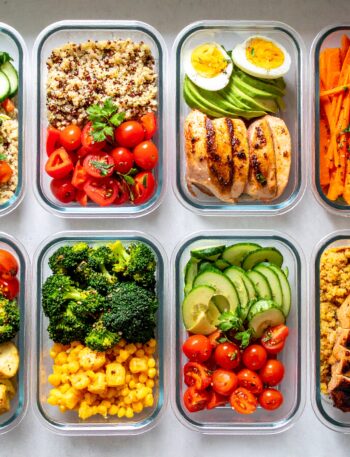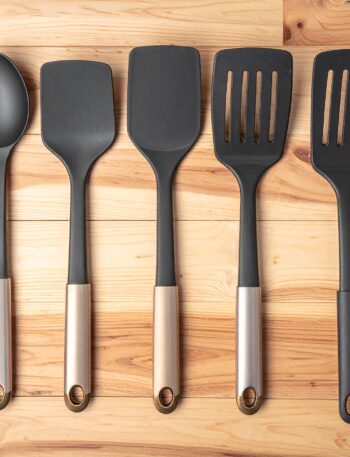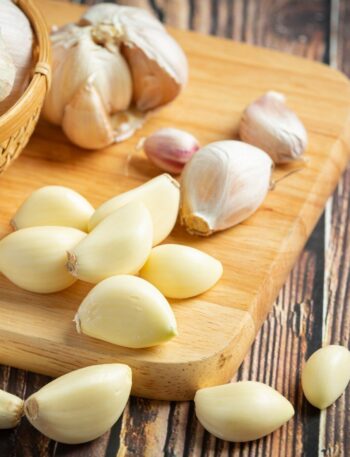For years, I’d walk into the grocery store with the best intentions — and leave with random ingredients, a busted budget, and no idea what to make for dinner.
I knew I needed a better system. Not just a grocery list, but one that actually worked. A list that helped me shop smarter, cook more efficiently, and stop wasting food.
After testing every format and tip out there, I’ve narrowed it down to 5 tried-and-true strategies. Here are 5 ways to make a grocery list that actually works — even if you’re busy, tired, or totally overwhelmed.
1. Build Your List Around Real Meals 📝
One of the biggest mistakes people make when creating a grocery list is doing it without a meal plan in mind. They jot down whatever they think they might need or what’s missing from the pantry — and the result is a cart full of ingredients that don’t work together. This approach leads to decision fatigue at dinner time, extra trips to the store, and ultimately, food waste.
How to fix it: Start your list by deciding what you’ll actually cook during the week. Choose 3–5 simple meals you already know how to make, or want to try. Don’t forget to account for days when you’re too tired to cook, or have plans to eat out. Then break each recipe down into ingredients and build your list from there. This ensures every item has a purpose and nothing goes to waste.
Tip: Keep a go-to list of your family’s favorite meals or recipes you always fall back on. Rotate these weekly to avoid getting bored and reduce the mental load of meal planning.
2. Organize by Store Layout (Not Just Category) 🍎
You’ve made your list — but if you’re zigzagging across the store multiple times, chances are you’re wasting time and forgetting things. A good grocery list is functional, not just complete. That means organizing it in a way that mirrors how you move through your store.
How to fix it: Think about the layout of your usual grocery store. Where do you enter? Which section comes first — produce or bakery? Sort your list by the order in which you shop. This minimizes backtracking and makes your trip faster and more focused. Bonus: you’ll be less likely to grab unnecessary extras because you’re not aimlessly wandering.
Bonus tip: Many digital apps and printable templates let you sort items into custom categories or reorder them as you shop. Use these tools to streamline your list even more.
3. Keep a Master List of Staples 📋
Nothing’s worse than being halfway through a recipe and realizing you’re out of something basic — like eggs, garlic, or olive oil. These are the items you always assume you have… until you don’t. Having a master list of pantry, fridge, and freezer staples makes sure you never overlook the essentials.
How to fix it: Create a checklist of the ingredients you always want on hand: think cooking oils, baking basics, grains, spices, condiments, canned goods, and household items. Before each shopping trip, review this master list and check what needs restocking. You’ll never run out of milk on Monday morning again.
Pro move: Print and laminate your master list so you can reuse it weekly. Keep it on the fridge or inside a cabinet and use a dry-erase marker to track what you’re low on as the week goes by.
4. Use a Shared Digital List 📱
If you share your kitchen (and your meals) with someone else, keeping everyone in the loop can be a challenge. Maybe your partner grabs bananas while you’re still planning smoothies, or your roommate finishes the almond milk but forgets to tell you. A shared digital grocery list keeps everyone aligned — and helps you shop with confidence.
How to fix it: Use a shared note or grocery list app that syncs across devices. Google Keep, AnyList, and Apple Notes all allow real-time sharing and updates. You can organize items into categories, use emojis for priorities, or add notes like brand preferences.
Bonus: Most apps allow you to check items off as you go through the store, so everyone can see what’s already been purchased — and avoid duplicates. No more coming home with three cartons of eggs.
5. Review Before You Shop 👀
You’ve made your list, but there’s one more step that most people skip — and it can make a big difference in how much you spend and how much food you waste. Reviewing what you already have before heading to the store prevents unnecessary purchases and encourages smarter meal planning.
How to fix it: Spend 5–10 minutes doing a quick scan of your fridge, freezer, and pantry. What’s close to expiring? What did you forget you had? Cross off anything already in stock, and consider planning one or two meals using those ingredients. This saves money, reduces clutter, and helps you use up food before it goes bad.
Tip: Use a small whiteboard or printable inventory sheet to track what’s in your freezer — it’s easy to forget what’s in there when it’s buried behind the ice packs.
🔗 Related Article
Need inspiration for meals to plan around? Check out 10 Must-Have Pantry Staples for Busy Home Cooks to stock up on ingredients that support smart grocery shopping.
🌐 External Resource – Recommended Grocery Tools
Magnetic Meal Planner Pad
Grocery List Notepad with Categories
Reusable Dry Erase List Board
🌟 Final Note
A grocery list isn’t just a list — it’s the foundation of your week. It affects what you eat, how you feel, how much money you spend, and how stressed you are during mealtimes.
Use these 5 strategies to build a system that supports your real life. The more it reflects your habits and priorities, the more useful it becomes.
You’ve got this — one grocery trip at a time.
🛒 With love,
Magali

 Magali
Magali



